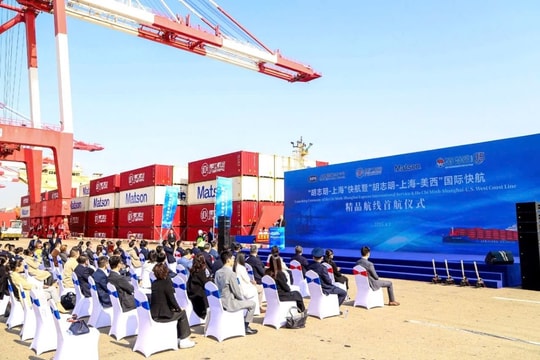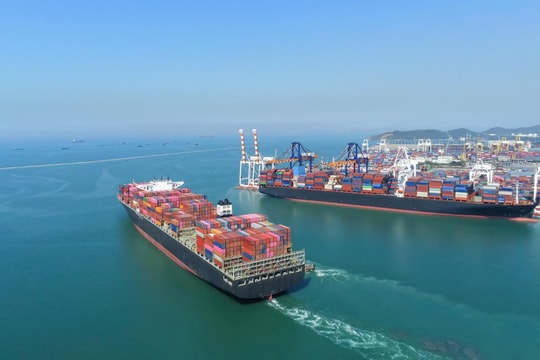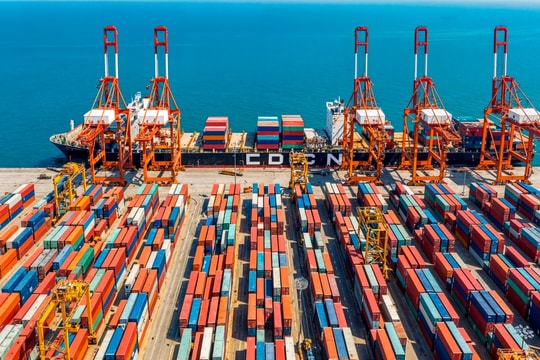1. EU Strategy for Sustainable and Circular Textiles
Main Content: Announced by the European Commission in March 2022, this strategy aims to eliminate the "use-and-discard" culture by requiring textile and leather products to have longer lifespans, be easier to repair, and be recyclable.
Impact: Vietnamese footwear enterprises must invest in sustainable product design, use environmentally friendly materials, and implement green production processes to comply with the EU’s new standards.

2. Ecodesign for Sustainable Products Regulation (ESPR)
Main Content: This regulation extends ecodesign requirements to various product groups, including textiles and footwear, to minimize environmental impact throughout their lifecycle.
Impact: Companies must ensure that their products meet environmental performance criteria such as reducing greenhouse gas emissions, optimizing resource use, and increasing recyclability.
3. Carbon Border Adjustment Mechanism (CBAM)
Main Content: CBAM, effective since 2023, currently applies to high-emission industries like steel and cement. By 2030, this mechanism is expected to extend to the footwear sector.
Impact: Once CBAM applies to footwear, Vietnamese exports to the EU will face carbon taxation based on emissions during production. This will require businesses to invest in clean technologies and emission reduction strategies to remain competitive.
4. EU General Product Safety Directive
Main Content: All products sold in the EU market, including footwear, must meet stringent safety requirements to protect consumers.
Impact: Exporting businesses must comply with strict safety standards, ensuring their products do not contain harmful chemicals and meet EU quality requirements.

5. Inflation Reduction Act (IRA)
Main Content: Passed in August 2022, the IRA focuses on reducing greenhouse gas emissions, promoting renewable energy, and supporting green manufacturing.
Impact: Vietnamese footwear manufacturers exporting to the U.S. must invest in cleaner production technologies, use eco-friendly materials, and minimize emissions to meet these new standards.
6. U.S. Federal Sustainable Procurement Initiative
Main Content: The U.S. government prioritizes the procurement of products and services that meet sustainability standards, including recycled materials, green production processes, and minimized environmental impact.
Impact: To secure supply contracts with the U.S. government, Vietnamese footwear manufacturers must adjust their production processes to meet these sustainability criteria.
7. U.S. Eco-labeling and Traceability Regulations
Main Content: The U.S. is strengthening requirements for eco-labeling and product traceability to ensure that imported goods comply with environmental and social standards.
Impact: Vietnamese footwear companies must ensure supply chain transparency and provide detailed information on material sourcing and production processes to meet these regulations.

8. Vietnam’s Decree No. 111/2015/ND-CP on Supporting Industry Development
Main Content: This decree identifies footwear as one of six priority industries for supporting industry development, encouraging domestic investment in raw material production.
Impact: Footwear enterprises in Vietnam can benefit from government support to enhance production capacity, reduce dependence on imported materials, and better meet origin and environmental standards required by export markets.
9. Decision No. 1643/QD-TTg (December 29, 2022) on Vietnam’s Textile and Footwear Development Strategy until 2030, Vision to 2035
Main Content: This strategy designates footwear as a key export sector, focusing on sustainable production, circular economy models, and greenhouse gas emission reduction.
Impact: Companies must invest in green technologies, improve production processes, and manage waste efficiently to meet sustainable development goals and international market requirements.
Conclusion
Compliance with these new environmental policies requires Vietnamese footwear enterprises to proactively adapt, invest in clean technologies, and enhance environmental management capabilities. These changes not only help maintain and expand export markets but also contribute to environmental protection and the sustainable development of the industry.






.jpg)
.jpg)
.jpg)
.jpg)
.jpg)






.png)








